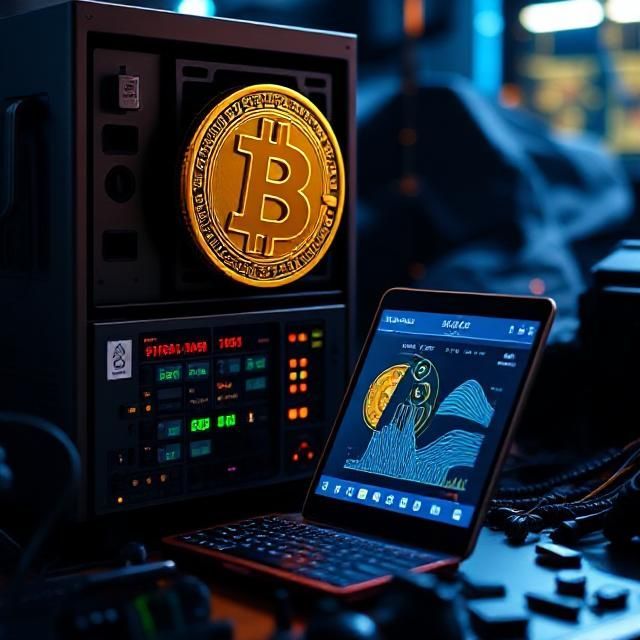Beginner’s Guide: Crypto Terminology
“HODL”, “FOMO”, “FUD”, “MOON”? Are you familiar with these terms?
If you’re new to crypto sphere you might have heard some terms which most probably you’re not familiar with. It’s OK, we have all been there! There’s a lot of confusion on what each term means, but knowing the correct definitions of these terms will help you better understand how to gain the most out of cryptocurrencies. Here’s the most common terms used in the crypto space.
Blockchain – The technology that Bitcoin and cryptocurrencies are using to function as a trustless system through consensus. It refers to an open ledger that displays transactions allowing users to verify the authenticity of their coin holdings.
Block – It’s the set of new transactions to be added into the ledger. Once verified by the blockchain’s consensus mechanism, they are added to the blockchain and cannot be changed.
Bitcoin (BTC) – The original cryptocurrency. Bitcoin holds both a transnational value and a store of value. All exchanges uses Bitcoin as a base pair.
Altcoin – Defines any coin that is not bitcoin.
HODL – Initially someone misspelled “hold” on a Bitcoin Forum but today it’s widely accepted that stands for “Hold on for Dear Life” which refers to an investment strategy of holding, rather than trading or selling the coins held.
FOMO – Fear of Missing Out. It is more a psychological effect which some cryptocurrency traders believe that failing to buy a coin will cause them to miss potential profits.
FUD – Fear, Uncertainty, and Doubt. FUD is generally a strategy to influence perception by disseminating negative and dubious or false information in the markets about a certain coin or the entire market to manipulate the prices.
Moon – This term used when a cryptocurrency is rapidly appreciate in value over a short period of time. Traders will often talk about a coin’s potential to moon.
51% Attack – This happens when a miner or a set group of unethical miner control 51% of the hashing power in the network and can double-spend coins.
DApps – Decentralized Applications. It’s an application build on the blockchain.
DAO – Decentralized Autonomous Organization. It’s an agency build on top of the blockchain that allows investors to vote on projects to allocate funds.
Fork – A permanent split from the original blockchain to make permanent alterations to the current blockchain.
ICO – Initial Coin Offering. A way for developers to raise funds for their projects by creating and selling off tokens. These tokens can be exchanged the same ways as coins.
IEO – Initial Exchange Offering. A way for developers to raise funds through an exchange.
STO – Security Exchange Token. The newest way to raise funds by offering security tokens. Learn more here.
Market Cap – An illustration of the total value of the overall cryptocurrencies or a certain cryptocurrency.
PoW – Proof of Work – This is the most popular consensus mechanisms used by coin developers. It is a resource-intensive process cryptocurrencies use to secure blocks on the blockchain
PoS –Proof of Stake . Refers to a nother type of consensus mechanisms. Users will create nodes on the network by holding a certain amount of coins. It is different than POW because users are not “mining” but their are “staking” coins by keeping the wallet open.
Public Key – A set of numbers and letters used to send or receive crypto.
Private Key – A set of letters and numbers that allows users to access their wallets that stores cryptocurrency. This should always be kept secure and never shared with anyone!
Shatoshi Nakamodo – The anonymous creator of the white paper that served as the foundation for bitcoin’s development. His identity is yet to be discovered.
Shatoshi (unit) – Used by professional crypto traders instead of USD when talking about the price or market value of a coin. It is a one hundred millionth of a single bitcoin ( 0.00000001 BTC).
Shitcoin – Refers to all cryptocurrency coins that have either failed or believed to fail in the future.
Tokens – Often confused with coins. Crypto tokens are special kind of virtual currency tokens that reside on their own blockchains and represent an asset or utility.
The post Beginner’s Guide: Crypto Terminology appeared first on Crypto Adventure.




